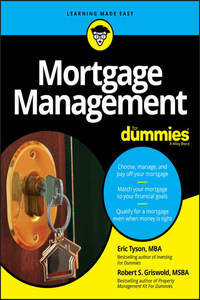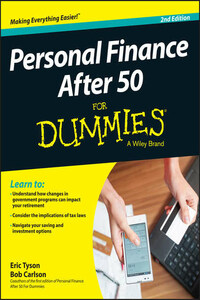Mortgage Management For Dummies

The essential not-for-profit GAAP reference, updated with the latest standards Wiley Not-for-Profit GAAP 2017 is the essential accounting resource for not-for-profit organizations, providing quick access to the most up-to-date standards and practical tools for implementation. Designed help you find the answers you need quickly and easily, this guide features helpful visual aids alongside detailed explanations tailored to the not-for-profit sector. Authoritative discussion covers Financial Accounting Standards Board (FASB) Accounting Standards Codification, which includes the standards originally issued in the Statements, Interpretations and Technical Bulletins; Accounting Principles Board Opinions, Accounting Research Bulletins, AICPA Statements of Position and FASB Emerging Issues Task Force statements relevant to the not-for-profit organization. The unique characteristics of the not-for-profit organization demand adherence to specific GAAP; auditors and preparers must understand these standards, stay up-to-date as they continue to evolve and know how to apply them in the course of real-world financial statement preparation. This book provides the guidance you need in a user-friendly format. Get up to date on the latest changes to GAAP affecting not-for-profit organizations Reference authoritative standards for measurement, presentation and disclosure Consult flowcharts, diagrams and charts to find answers at a glance Double-check disclosures against a checklist of GAAP requirements Accounting standards are constantly changing, and the special requirements targeting not-for-profits add an additional challenge to full compliance. Instead of wading through dozens of volumes of official pronouncements to locate relevant information, consult an all-in-one resource targeted specifically to not-for-profit GAAP – one that is updated annually to bring you the most current information available. Wiley Not-for-Profit GAAP 2017 provides clear answers and practical guidance to help you streamline GAAP implementation and ensure compliance.








